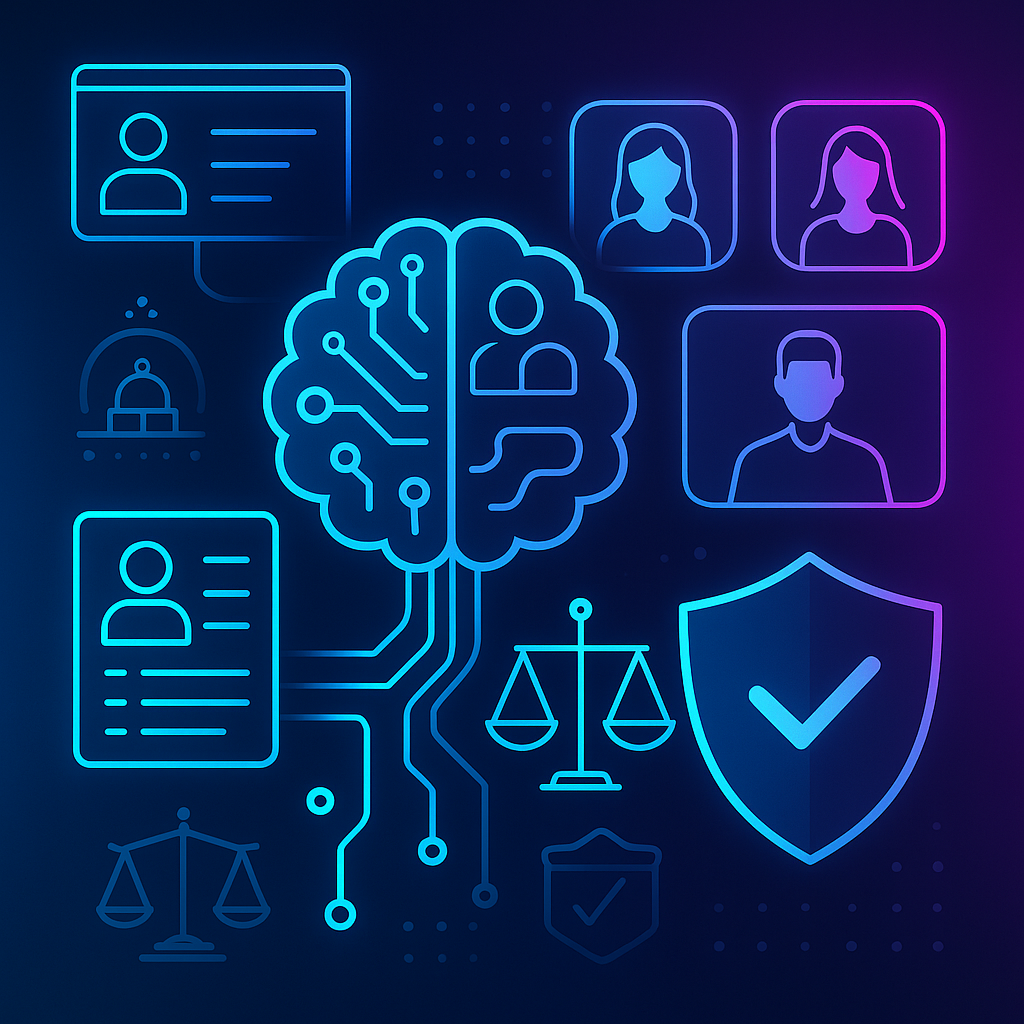Benefits of Measuring ROI on Recruitment Software

Measuring ROI is always difficult. It is even more difficult when determining the ROI on recruitment software tools. On the surface, these solutions look to streamline things, but you may be asking how to measure their efficiency. Some tools are iterative in nature, while others are transformative.
The recruiting industry itself bears some of the blame for the mystery. In sales, the value of software is assessed by the number of new opportunities created or leads converted. However, neither of these measures accurately assesses the effectiveness of a recruitment tool and the average cost per hire. More candidates coming through your doors does not always imply a good return.
It takes time to determine the true quality of new hires when using recruiting tools. When it comes to retention rates, it can take time to make a difference. With the exception of the cost per hire, it may take some time to see a real return.
Consistent and measurable results are emerging. If you’re working with AI-powered recruitment tools, you’ll likely see that change in much less time. AI recruitment tools are designed to analyze and replicate successful results. They can provide recruiters with an analysis and strategy in the future.
Suggested resource on hiring strategy: How to build HR flexibility and resilience post-COVID
The true ROI of AI recruitment tools, however, is the flexibility they provide.
Determining ROI on Recruitment Software
Aside from flexibility, modern recruitment technology offers a number of other benefits, some quantifiable and others not. Be patient, but keep the following items in mind as you develop your ultimate recruitment ROI formula:
Quality of Candidates
The quality of candidates is the most important metric associated with the ROI of recruitment tools. Of course, quality can be subjective. Depending on the role and the needs of the company, you’re looking for people with practical skills, industry knowledge, and a strong work ethic who would excel in this specific role.
Aside from that, an ideal hire will be a team player, a good communicator, self-motivated, and problem-solving savvy. Consider a rise in the number of qualified and interested candidates as a significant signal of return on investment.
Improved Diversity
There are numerous reports of AI recruiting bias. Amazon had to scrap its AI recruiting tool because it was biased toward men. AI can, for the most part, eliminate confirmation and other unconscious biases in recruiting.
AI can detect instances of bias, such as when hiring managers ask different questions to different candidates to confirm their beliefs about who should get the job. Whether AI removes bias and promotes diversity is frequently dependent on how the system is trained and how frequently its results are monitored (your vendor should be doing this consistently).
Suggested reading on DEI hiring: Blueprint to drive DEI hiring in the workplace
Data-Driven Decisions
In recruiting, intuition is long regarded as a necessary skill. It is still the case. Strong feelings about candidates can certainly pay off, but there is some luck involved in the equation. However, with AI, decisions are driven purely by data rather than intuition, giving humans a lot more to consider before making a decision.
Analytics assists in tracking, measurement, and evaluation of candidate data and hiring decisions. AI also detects potential barriers in the recruitment process. However, this can then be removed before they become major issues.
Naturally, your recruitment ROI formula is different from your competitors’. With enhanced candidate quality, a larger application pool, and superior talent decisions, you can be confident in your AI recruitment tool.






